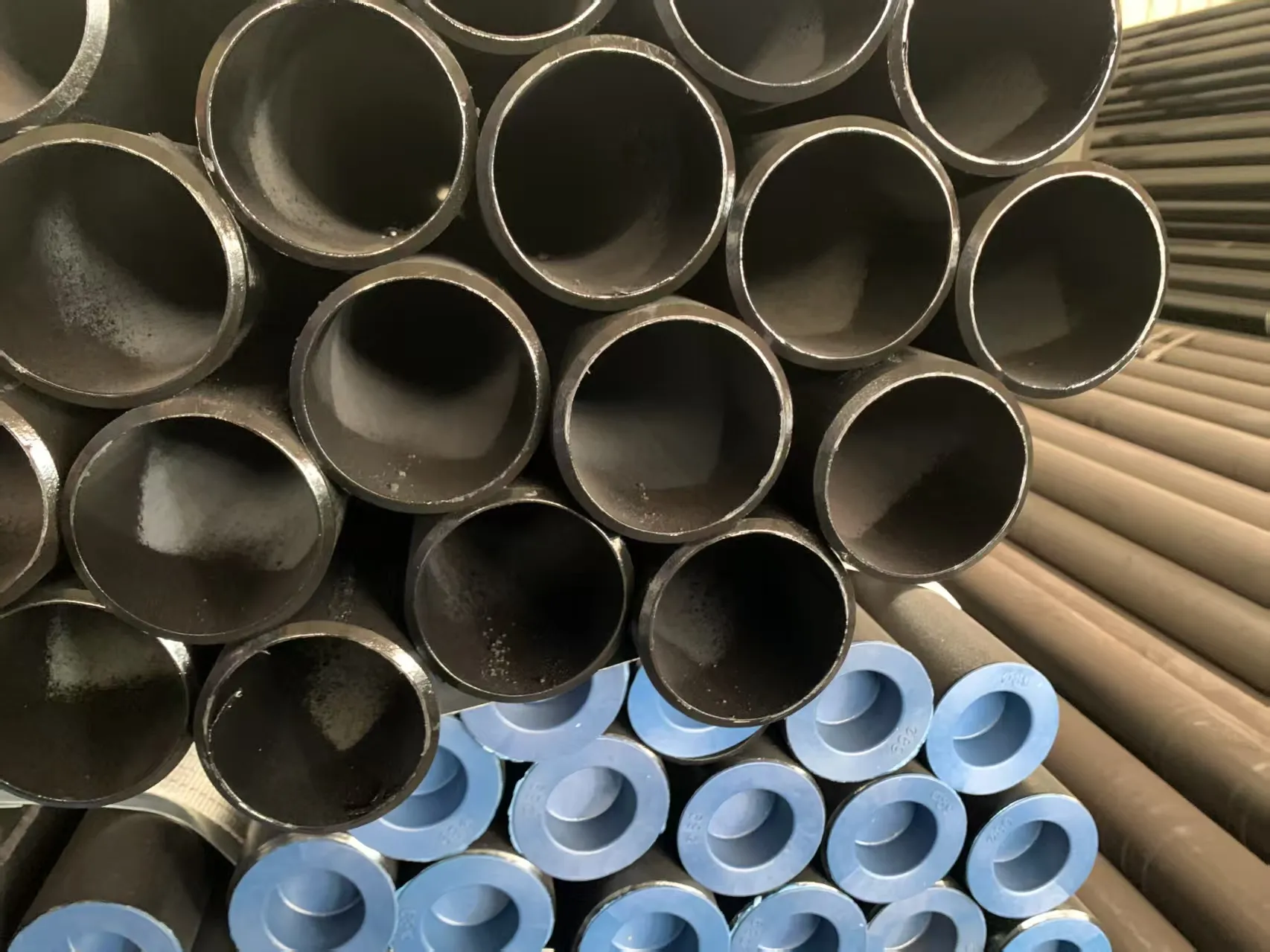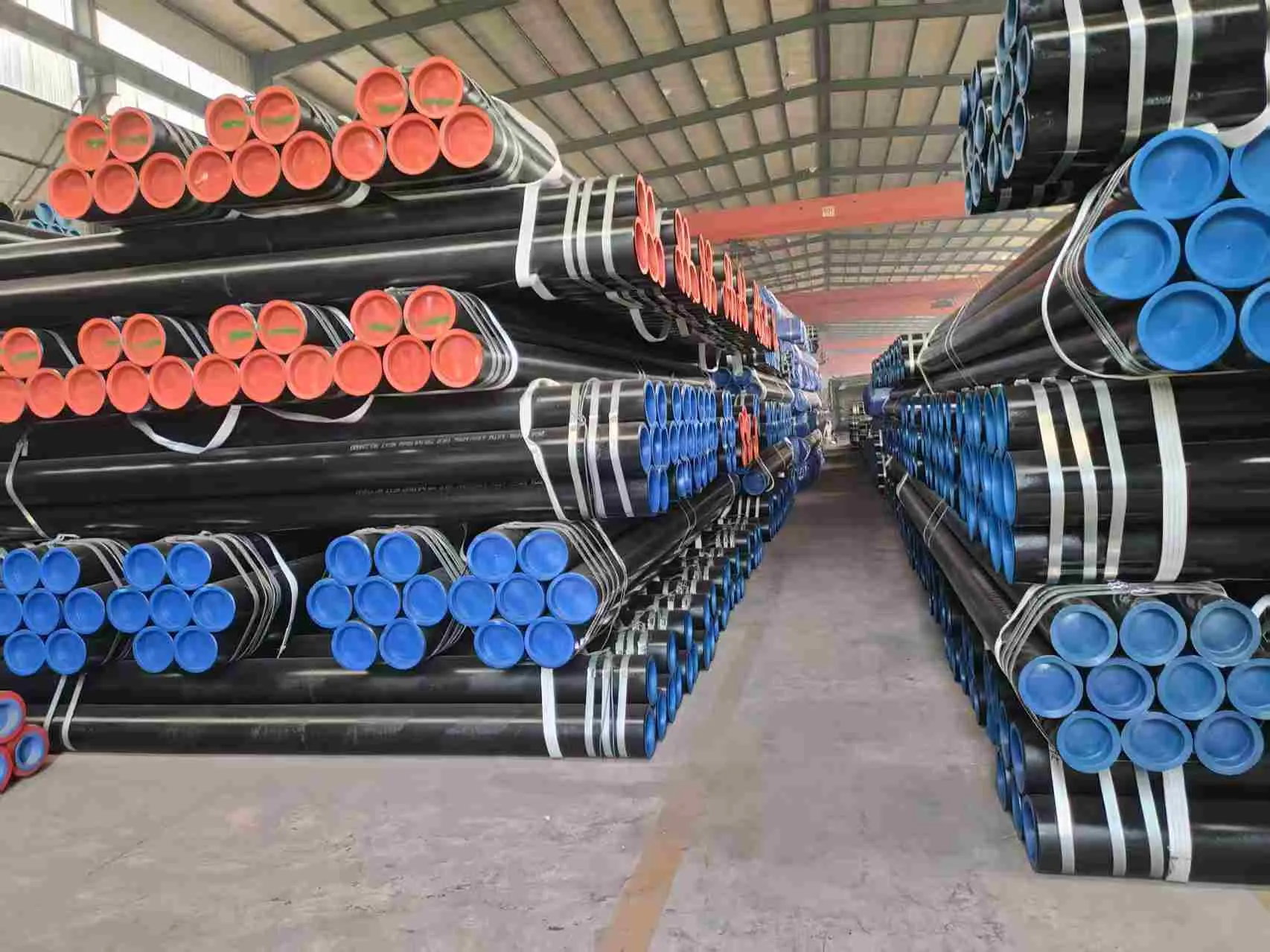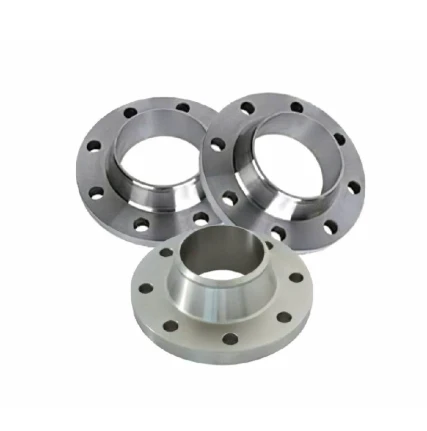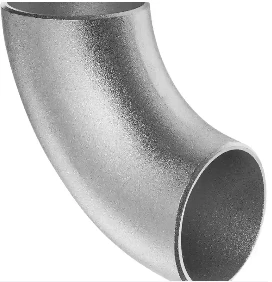JIS G3454 is a Japanese Industrial Standard (JIS) that specifies carbon steel pipes for high pressure service at 350°C or higher (hereinafter referred to as pipes). This standard covers pipes with an outer diameter ranging from 10.5mm to 660.4mm and is suitable for a variety of industrial applications, especially in the field of oil and gas transportation.
Application range
Temperature limit: 350°C or lower
Outer diameter range: 10.5mm to 660.4mm
Applicability: High pressure service
Mechanical property requirements
Carbon steel pipes under JIS G3455 standard have different mechanical property requirements, including key indicators such as yield strength, tensile strength and elongation. The details are as follows:
Mechanical properties of different grades
STS 370
Yield strength ≤0.25%
Tensile strength 0.10-0.35%
Elongation ≤0.035%
Slice reduction ≥0.30%
STS 410
Yield strength ≤0.25%
Tensile strength 0.30-1.10%
Elongation ≤0.035%
Slice reduction ≥0.30%
STS 480
Yield strength ≤0.25%
Tensile strength 0.30-1.50%
Elongation ≤0.035%
Slice reduction ≥0.30%
STS 510
Yield strength ≤0.25%
Tensile strength 0.30-1.40%
Elongation ≤0.035%
Slice reduction ≥0.30%
International standard correspondence
JIS There is a certain correspondence between the G3454 standard and international standards, especially with the ISO 9329-2: 1997 standard1. The specific correspondence is as follows:
Corresponding international standards
ISO 9329-2: 1997 Technical delivery conditions for seamless steel pipes Part 2: Non-alloy steel and alloy steel with specified high temperature properties
Correspondence symbol: MOD (modification)
Market application
Seamless carbon steel pipes under the JIS G3454 standard are widely used in many fields, including but not limited to:
Oil and gas transportation
Fluid pipes
Boiler pipes
Drill pipes
Hydraulic pipes
Gas pipes
Oil pipes
Chemical fertilizer pipes
Structural pipes
Other API pipes
Manufacturer information
There are many manufacturers in the market that provide carbon steel pipes that meet the JIS G3454 standard, such as manufacturers located in China, which mainly produce carbon steel pipes, alloy steel pipes, stainless steel pipes, and square and rectangular pipes. These manufacturers usually have rich production experience and strict quality control systems to ensure that the steel pipes they produce meet various standards and customer needs.
In summary, the JIS G3454 standard not only specifies the performance of carbon steel pipes in various high temperature and high pressure environments, but also ensures the safety and reliability of pipelines through detailed technical requirements and mechanical performance indicators.















